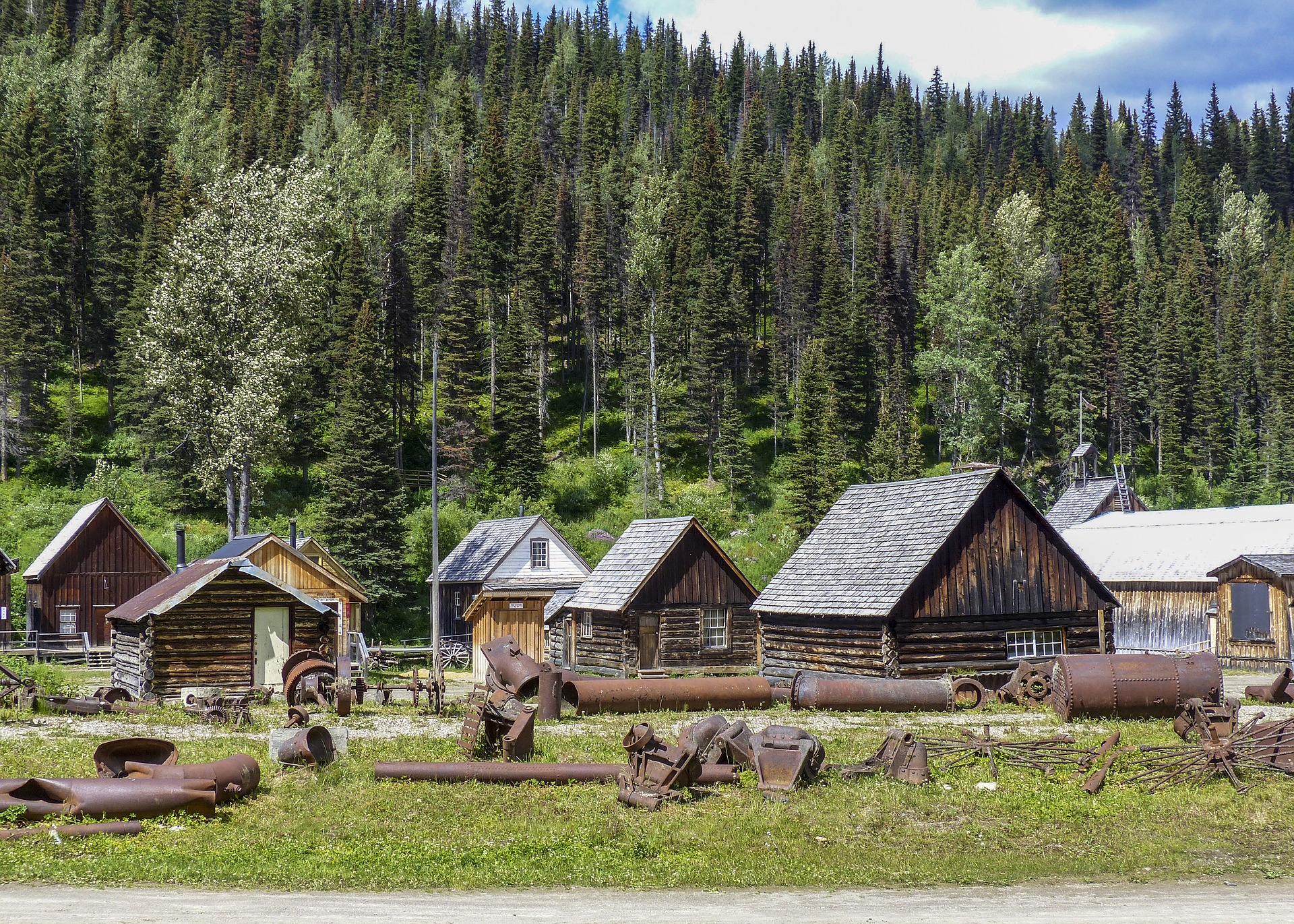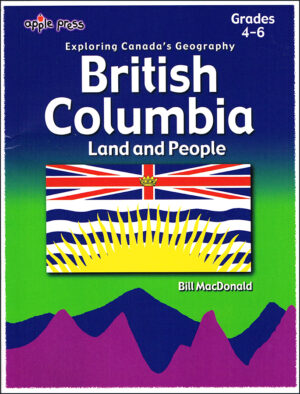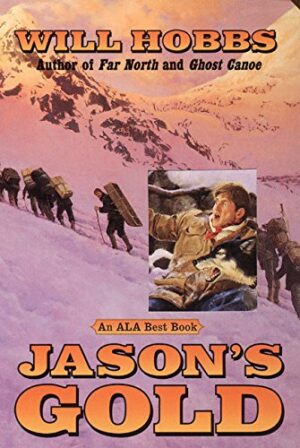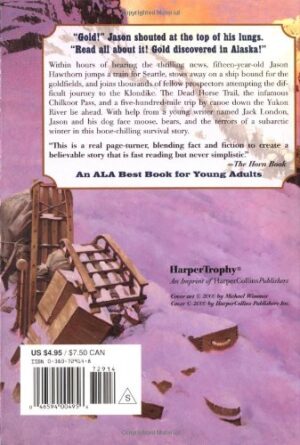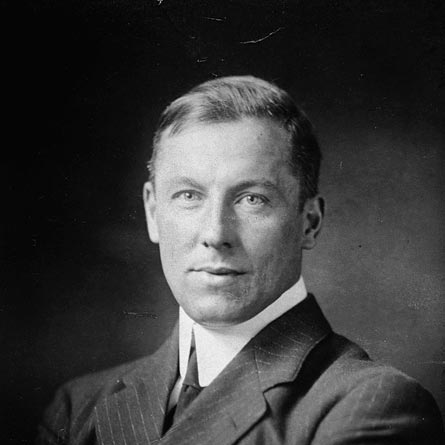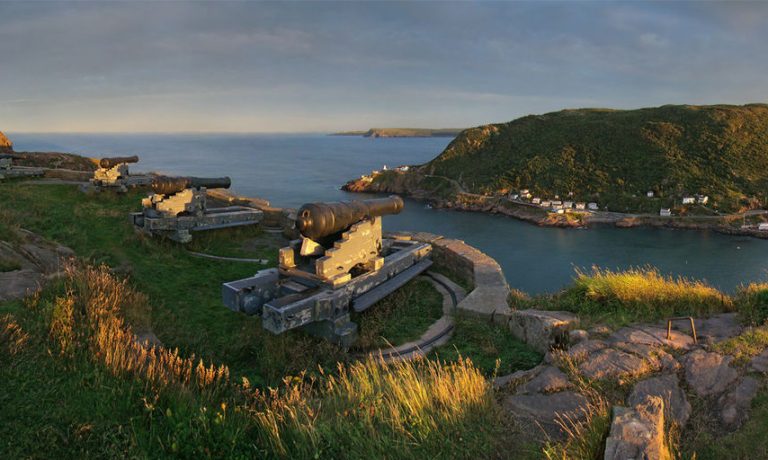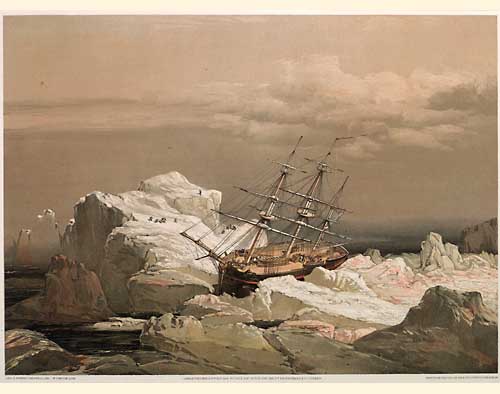Barkerville
Billy Barker’s legendary gold strike on Williams Creek triggered a multi-billion dollar industrial revolution that literally built a province. Today, the extraordinary historic town of Barkerville stands as a living testament to BC’s golden beginnings. With its unique streetscape of more than 125 heritage buildings, period displays, satellite museums, restaurants and shops there is still so much to explore.
As with many early miners, Barker’s story began in the American gold fields in the mid-1800s where people from all over the world travelled to seek their fortune. By the mid-1850s, gold finds were slowing and rumors began to surface of ‘easy gold’ on the Fraser River. Barker had worked without much success in California and so he, along with thousands of men, headed north to the British territory that is now British Columbia. In addition to the north-bound travellers, groups later called “The Overlanders” trekked across Canada from the East, and hordes of people were arriving by boat from all over the world to travel up the Gold Trail from the coast towards to Fraser River to find fortune.
Eventually, prospectors made their way to the hills that surround Barkerville and one of the first finds was by William “Dutch Bill” Dietz, for whom William’s Creek (which flows through Barkerville) is named. A small town began to spring up around the area, optimistically named Richfield.
Barker eventually ended up in Richfield, trying his hand at a few spots around William’s Creek where his lack of success continued. As time passed, he decided to mine further down the creek, in the area below Richfield. Many people questioned his decision, saying he would find no gold there. But Barker persisted and endured, and was finally proven right on August 17, 1862, when he and his crew ‘struck the lead,’ at a depth of 52 feet.

